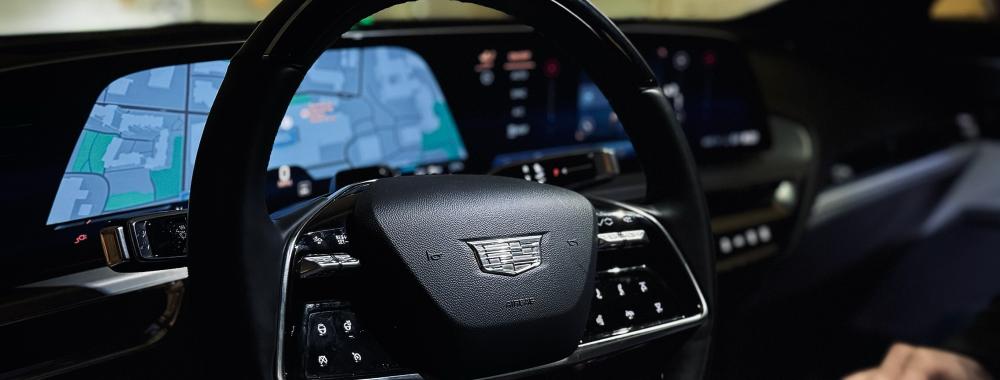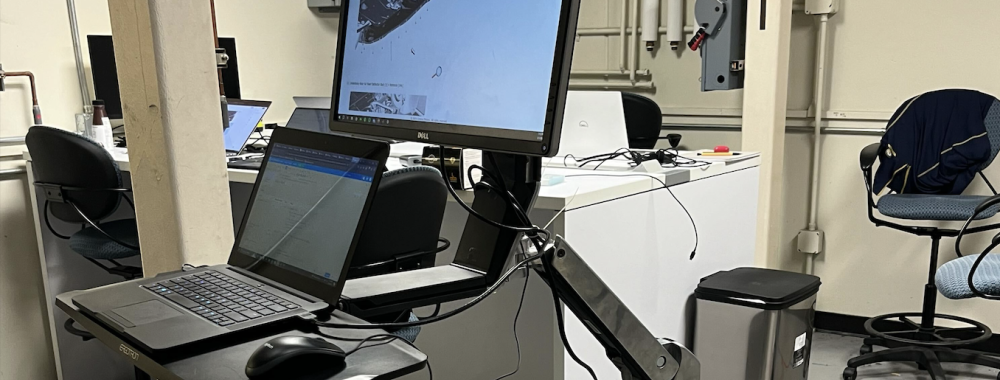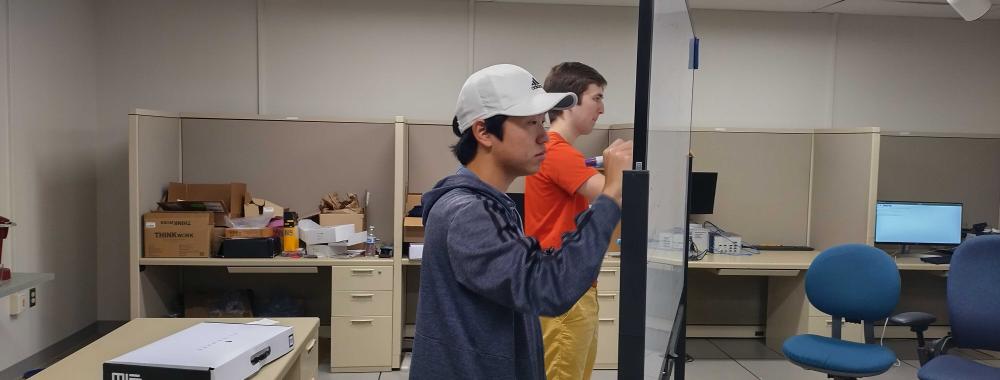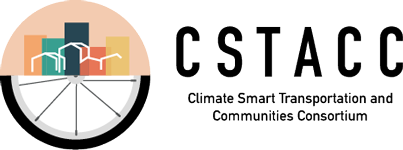Connected and Autonomous Vehicle Systems (CAVS) Team
This is the software team that will largely be focused on implementing the autonomous stack in the vehicle to allow the car to drive itself. The team will run drive scenario simulations, sensor integrations, and perform tasks to develop a cohesive algorithm and platform that is at the core of the car's tech stack.
The CAVs team uses the LYRIQ's radars and camera to detect other cars, objects and lanes as well as a V2X (Vehicle to Everything) radio to send and receive messages with other vehicles and traffic lights. CAVs features include eco cooperative adaptive cruise control, automatic lane centering, automatic intersection navigation, auto parking, and eco intersection approach/departure.

Perception & Sensor Fusion
The perception sub-team develops computer vision systems to detect road lanes and other vehicles. The sensor fusion sub-team develops algorithms to combine measurements from the multiple cameras, and radars installed on the LYRIQ to represent the environment around the car.

Simulation & Modeling
The simulation sub-team creates virtual scenarios and simulates the Cadillac LYRIQ and other road users to test the connected and autonomous vehicle features and facilitate rapid software development.

Hardware Team
The hardware sub-team works on integrating the CAV radio and processing units into the Cadillac LYRIQ, implementing indicators and controls for the driver-system interface, and helping the rest of the CAV team process signals within the car's internal network.

Planning & Controls
The planning and control sub-team develops trajectory planning and longitudinal (acceleration/braking) and lateral (steering) control software to automatically guide the car under the supervision of the human driver.
You Can:
- Design autonomous features like Cooperative Adaptive Cruise Control (CACC), Autopark, and Intersection Navigation) from scratch in simulation and deploy in-vehicle
- Work with vehicle sensors and design a sensor fusion system to perceive the world
- Design and implement safety and energy optimization algorithms for autonomous driving
